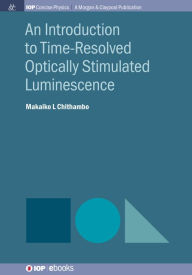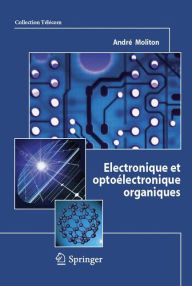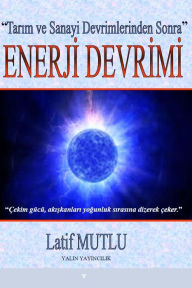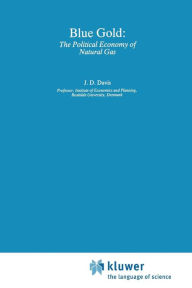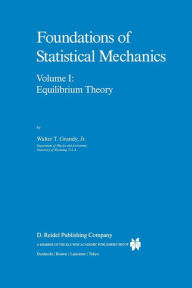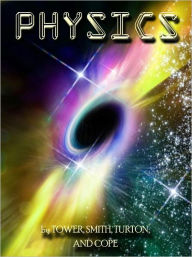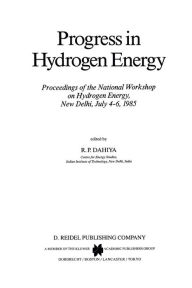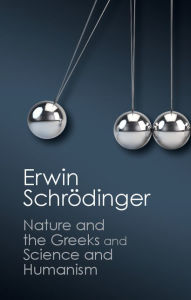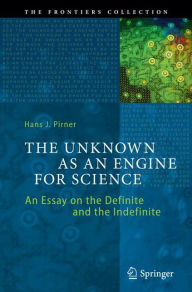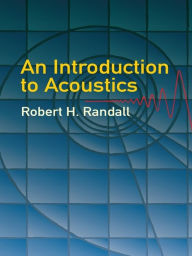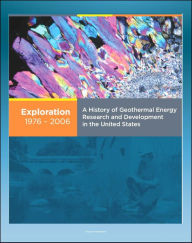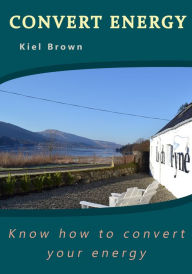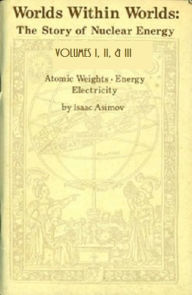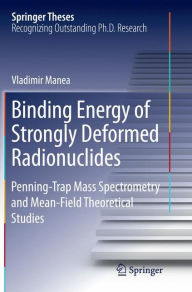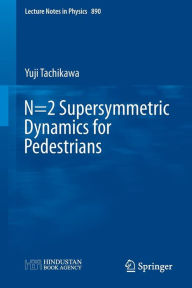An Introduction to Time-Resolved Optically Stimulated Luminescence Makaiko
by L Chithambo
2020-04-24 07:51:13
An Introduction to Time-Resolved Optically Stimulated Luminescence Makaiko
by L Chithambo
2020-04-24 07:51:13
Time-resolved optical stimulation of luminescence has become established as an important method for measurement of optically stimulated luminescence. Its enduring appeal is easy to see with the number of materials studied growing from the initial foc...
Read more
Time-resolved optical stimulation of luminescence has become established as an important method for measurement of optically stimulated luminescence. Its enduring appeal is easy to see with the number of materials studied growing from the initial focus on natural minerals such as quartz and feldspar to synthetic dosimeters such as ï¡-Al2O3:C, BeO and YAlO3:Mn2+. The aim of time-resolved optical stimulation is to separate in time the stimulation and emission of luminescence. The luminescence is stimulated from a sample using a brief light pulse. The ensuing luminescence can be monitored either during stimulation in the presence of scattered stimulating light or after the light-pulse. The time-resolved luminescence spectrum measured in this way can be resolved into components each with a distinct lifetime. The lifetimes are linked to physical processes of luminescence and thus provide a means to study dynamics involving charge transfer between point-defects in materials. This book is devoted to time-resolved optically stimulated luminescence and is suitable for researchers with an interest in the study of point-defects using luminescence methods. The book first sets the method within the context of luminescence field at large and then provides an overview of the instrumentation used. There is much attention on models for time-resolved optically stimulated luminescence, two of which are analytical and the third of which is based on computational simulation of experimental results. To bring relevance to the discussion, the book draws on examples from studies on quartz and a-Al2O3:C, two materials widely investigated using this method. The book shows how kinetic analysis for various thermal effects such as thermal quenching and thermal assistance can be investigated using time-resolved luminescence. Although use of light sums is an obvious choice for this, contemporary work is discussed to show the versatility of using other alternative methods such the dynamic throughput.
Less


